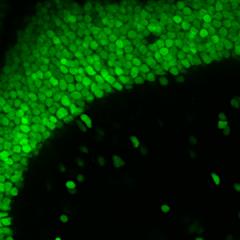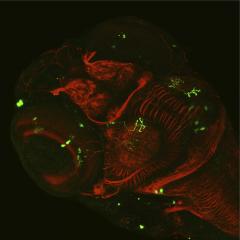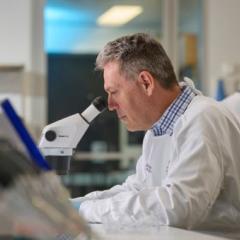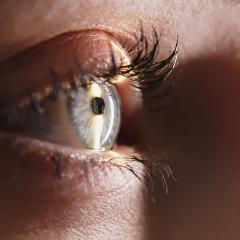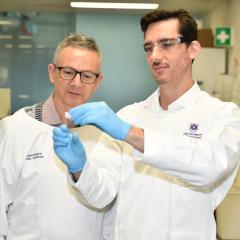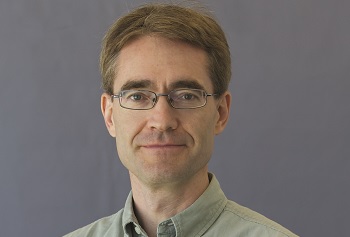
Researchers have crunched the numbers and calculated the physical limit of accuracy at which our cells can detect concentrations of substances in their environment.
Their finding fills an important gap in the theory of biological sensing, and could provide insights into faulty immune systems, how nerve fibres find their targets in the developing brain, and the body’s ability to detect and take appropriate action against pathogens.
Queensland Brain Institute researcher Professor Geoffrey Goodhill said the study revealed the key factors that would allow a cell to make precise measurements of its environment, suggesting that many biological systems have been optimised over evolution to perform just about as well as they possibly can.
“In particular, we found that in the immune system, a very efficient response system has already been developed, which is actually performing quite close to the theoretical limit that we had calculated,” Professor Goodhill said.
“Our calculations also help reveal the minimum timescale a growing nerve fibre would need to be able to decide whether it has reached the right location in the brain.”
He said that this is significant since many cognitive disorders are the result of these nerve fibres not wiring up correctly.
Lead author and PhD student Mr Brendan Bicknell said that the problem is intrinsically interesting as a way of thinking about the mathematics of diffusion.
“Using these ideas to understand more about the design of living systems is an exciting feature of this area of research,” Mr Bicknell said.
Professor Geoffrey Goodhill said scientists had been interested in the mathematical problem since the 1970s but had only investigated it in three dimensions.
“However, our study investigated this problem in two dimensions, which is often more relevant in biological processes, but actually more complicated mathematically,” Professor Goodhill said.
“As biological processes are subject to the fundamental limits imposed by physics, mathematical calculations in two dimensions allow us to find out the extent of the limits of concentration measurements.
“This helps us understand what is possible in principle, and how close to these limits the biological systems are operating.”
Professor Goodhill said that future directions for the study would include using their calculations to compare the performance of different biological systems to their theoretical limits, and figuring out how cells are actually able to sense the concentration of substances in their environment at these limits.
The paper – published in Nature Communications – was co-authored by Professor Peter Dayan from the Gatsby Computational Neuroscience Unit at the University College London (United Kingdom).
Media: QBI Communications, communications@qbi.uq.edu.au; Professor Geoffrey Goodhill, +61 7 334 66431, g.goodhill@uq.edu.au.

